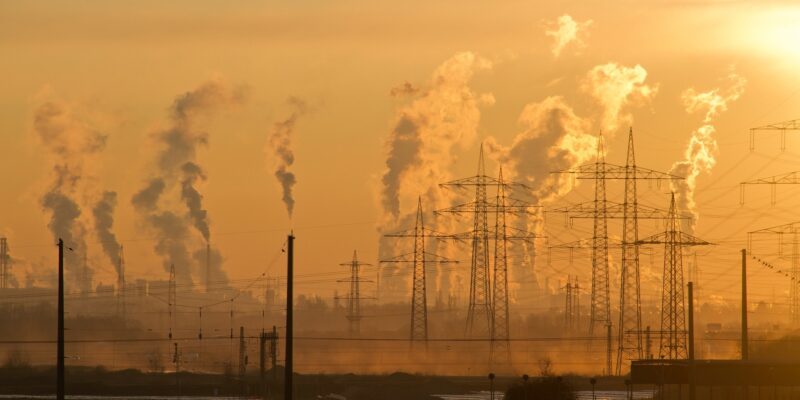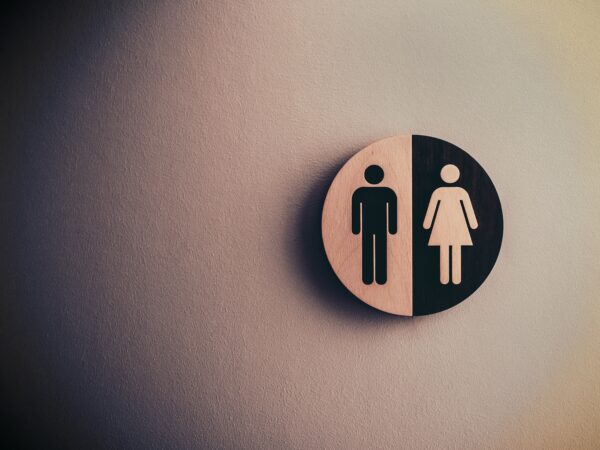Climate change is a complex and often misunderstood phenomenon that affects the earth’s weather patterns, temperature, and ecosystems.
Scientists have been studying climate change for decades and have come to a consensus that it is mostly caused by human activities, such as burning fossil fuels and deforestation.
The effects can be seen across the globe, from rising sea levels to extreme weather events. In this article, we will explore what climate change is, its causes, the effects it has, and what individuals and governments can do to mitigate it.
What is Climate Change?
Climate change refers to a long-term shift in atmospheric conditions caused by human activities that alter the Earth’s climate system. This means that global temperatures, precipitation patterns, and sea levels all changes over time.
It is a natural phenomenon that has been occurring since the beginning of Earth’s existence, but what is different about the current situation is that the rate at which climate is changing is far faster due to human activities.
Its Causes:
The primary cause is also the increasing concentration of greenhouse gases in the atmosphere. Greenhouse gases trap heat from the sun inside the Earth’s atmosphere, causing the planet’s temperature to rise.
However, The most common greenhouse gases are carbon dioxide (CO2), methane (CH4), nitrous oxide (N2O), and water vapor (H2O). Human activities such as burning fossil fuels like coal, oil, and gas for energy use, deforestation and land-use change majorly contribute to the rising levels of greenhouse gases.
Additionally, other human activities, such as agriculture, transportation, and manufacturing, also contribute to greenhouse gas emissions. The high population growth rate and modern lifestyle demands also have a significant impact on climate change.
The Effects of Climate Change:
The effects of this change are wide-ranging and can be seen in almost every corner of the Earth. Some of the significant impacts are:
1. Rising sea levels: Melting glaciers and polar ice caps due to rising global temperatures causing sea levels to rise, which can lead to devastating floods in coastal areas.
2. Extreme weather events: It is causing an increase in natural disasters such as storms, heatwaves, floods, and droughts.
3. Species extinction: It is endangering wildlife and leading to species extinction as the environment changes too quickly for them to adapt.
4. Crop yield reduction: It is affecting crop productivity, leading to food insecurity in many parts of the world.
5. Health risks: It is causing a rise in infectious diseases such as malaria and dengue fever due to the increase in mosquitoes’ habitat.
6. Economic impacts: Climate change is estimated to cost the global economy up to $360 billion per year, mainly due to healthcare expenditure, property damage, infrastructure repair, and loss of productivity.
What can be Done to Mitigate Climate Change?
Mitigating climate change requires collective efforts from individuals, businesses, and governments. Here are a few steps that can be taken to help mitigate climate change:
1. Decrease the use of fossil fuels: This can be achieved by reducing energy consumption, using energy-efficient appliances, and investing in renewable sources of energy like solar, wind, and hydropower.
2. Increase public transport use: Encouraging the use of public transportation, biking, or walking instead of driving alone can reduce greenhouse gas emissions.
3. Energy-efficient buildings: Buildings account for a significant amount of greenhouse gas emissions. Energy-efficient buildings can significantly reduce carbon emissions by using energy-efficient appliances, using locally sourced materials, and practicing smart landscaping.
4. Reduce waste: Landfills account for a significant amount of greenhouse gas emissions. Reducing waste, recycling, and composting can significantly reduce carbon emissions.
5. Planting trees: Trees absorb carbon dioxide from the atmosphere and release oxygen. By planting trees, we can help reduce carbon dioxide levels in the atmosphere.
6. Government action: Governments can mitigate climate change by implementing policies such as the carbon tax, which charges companies for their emissions, encouraging renewable energy uptake, and implementing stricter regulations on greenhouse gas emissions.
Conclusion:
Finally, Climate change is a real and pressing issue that requires collective action to mitigate. The causes of climate change are well established and mostly attributed to human activities.
The effects of climate change are already being felt across the globe, mainly by the most vulnerable populations.
We can mitigate climate change by making small changes in our daily lives, such as reducing fossil fuel use, walking or biking instead of driving, planting trees and being mindful of our waste.
However, for real and lasting change, urgent and collective action is required from individuals, businesses, and governments at all levels. Together, we can help preserve our planet for our children and future generations.











